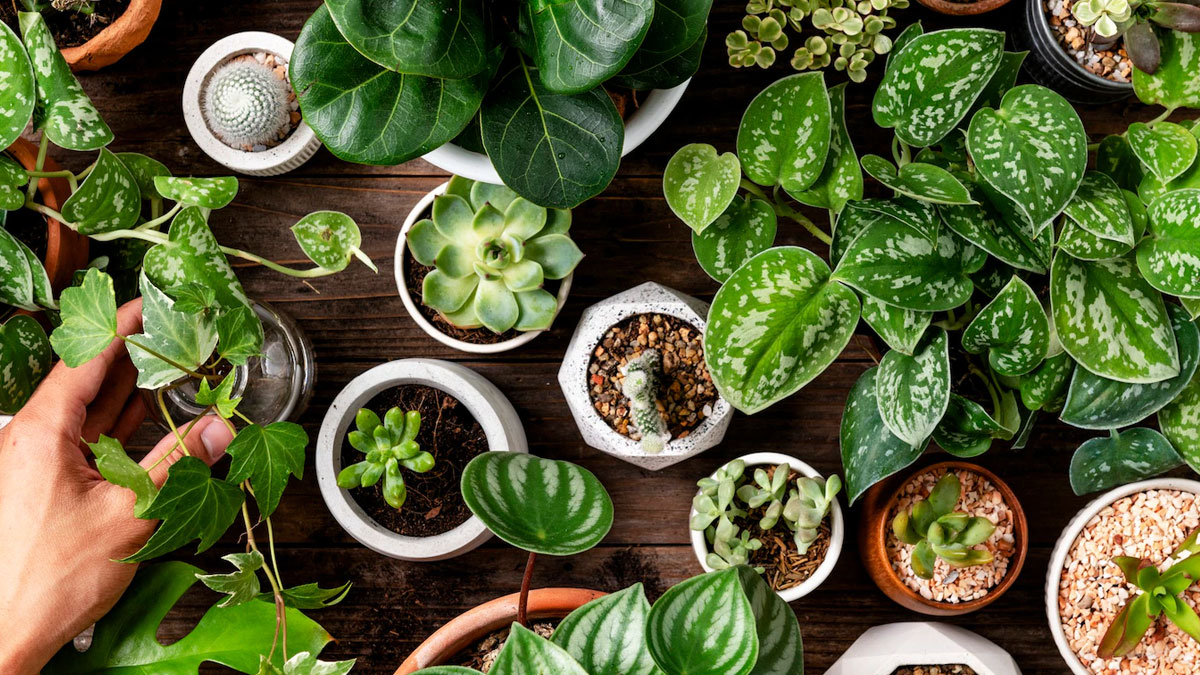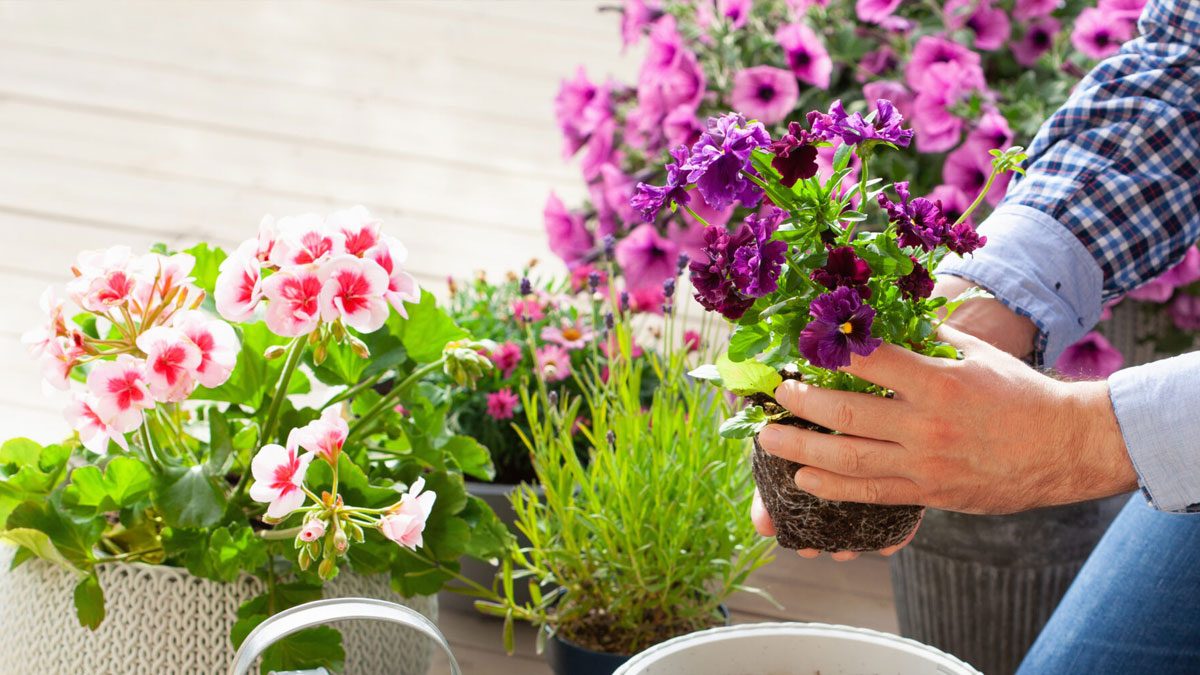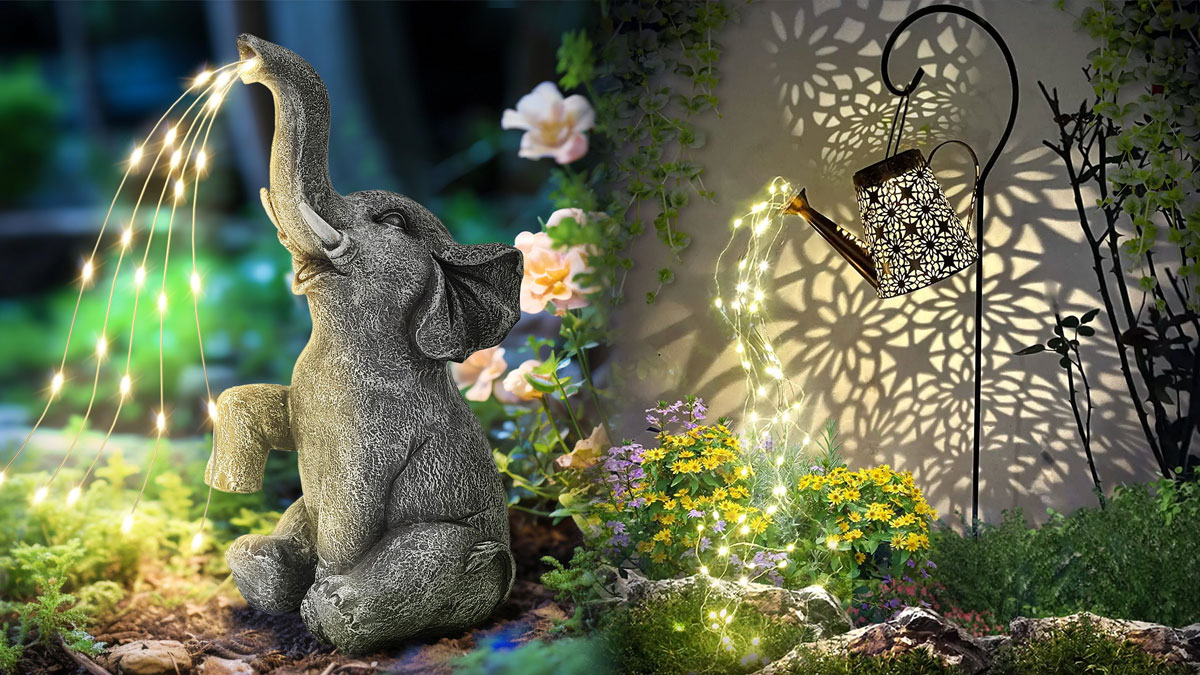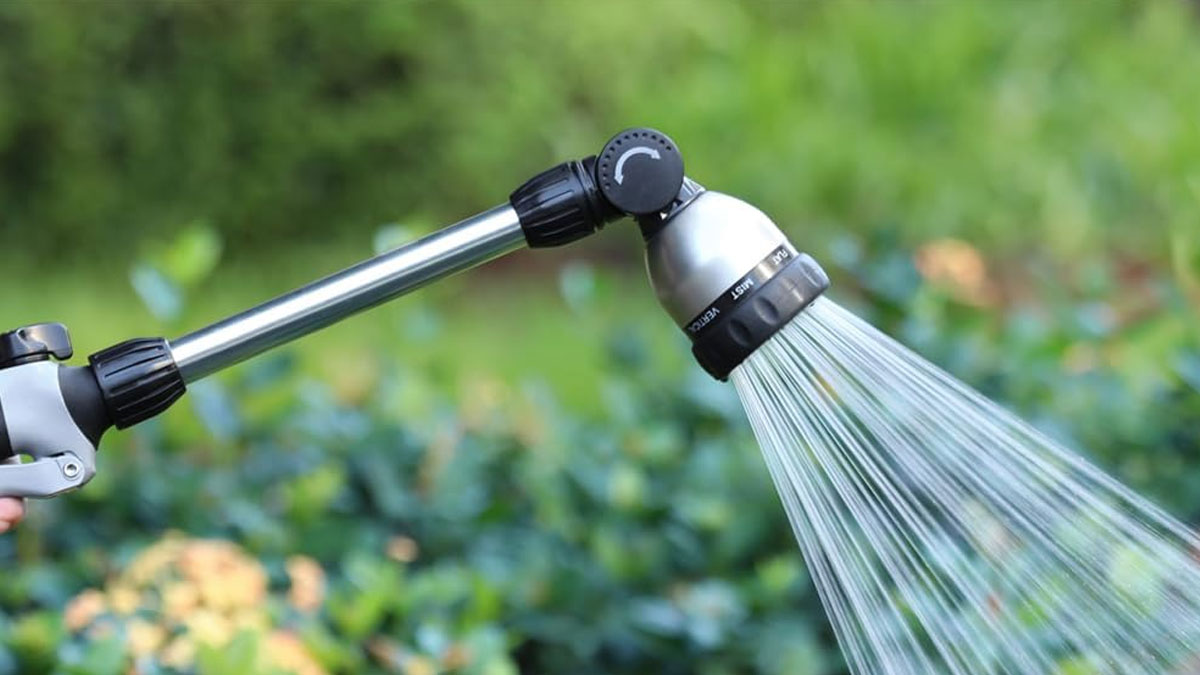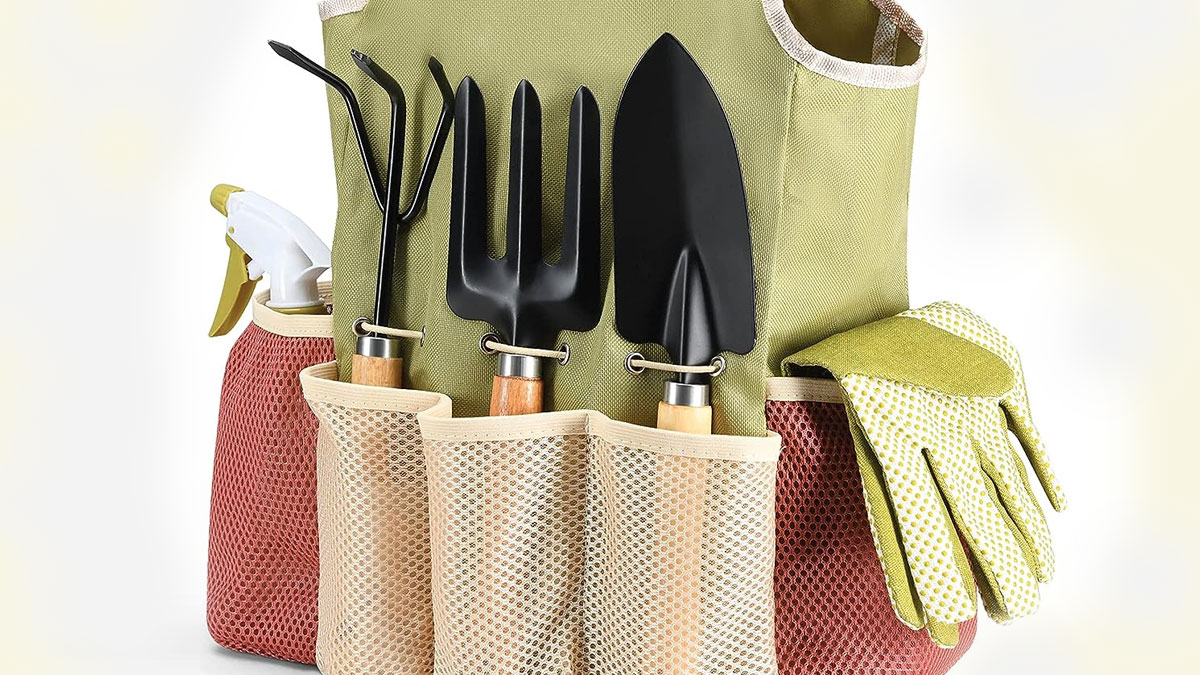Indoor plants are the plants that are planted in our homes to beautify them and bring them to life. The greenery of these plants brightens up the indoor spaces and is known for mood boosting qualities. These plants have various health benefits and are easy to care for. Indoor plants are an apt option for those who have less space for their yard or live at a place where there are cold climate conditions. So if you are looking forward to having your first indoor plant and don’t know where to start from, don’t worry this ultimate guide of ours will help you to find the necessary information to allow your little green friends to survive. Let’s get it done together.
What are indoor plants?
Indoor plants are the plants which are planted inside the house (indoor). Some of indoor plants are snake plants, aloe vera, monstera, money plants etc.
Are indoor plants expensive?
Indoor plants are not costly but there are some factors like rarity, beauty and propagation which can vary the cost of the plant you want.
ADVICE: If it is your first time having an indoor plant/s, then I will suggest starting on a low budget and if you succeed then go for an expensive one.
We often suggest not buying plants from large retailers. These retailers sell coconut or palm trees as indoor plants which are comparatively big for indoor plants.
How do you plant indoor plants?
Mostly indoor plants are in the container but it need to be change in the given case:
- If your plant is getting too big for the pot.
- If you want to display it in a decorative and attractive pots. (some links are given below, which I personally recommend)
How much light do indoor plants need?
Light is one of the most essential factors for all plants, not only indoor plants for the process of photosynthesis, the process of plants to make food.
Plants with leaves need roughly 8 hours of light per day. The amount of light basically depends on the plant being grown. Therefore we suggest you research the amount of light your plant needs.
What qualities make for a good indoor plant?
There are various qualities to look for when looking an indoor plant, some are mentioned below
- A decent root foundation – This is very important while picking a plant. It’s not practical to haul a plant out of its pot to really check its root system but if it is a small plant, this should be possible. Sound roots are thick and light in color.
- Foliage – Here’s a decent guideline with regards to establishing foliage: if you can’t see through the leaves, the leaves are thick, which indicates the plant is good.
- Check for illness – A few indications of a plant with irritations or infection are: white spots, tacky buildup on the leaves and a terrible scent.
What are the best indoor plants?
As humans we try to have the best. Therefore, here are the best and common examples of indoor plants:
- Monstera Deliciosa (highly recommended)
- Ponytail Palm
- Aloe Vera
- Areca Palm
- Peace Lily
- Snake plant
- Spider plant
- Jade plant
- Money plant (Pothos)
These are my recommendations; you can choose others as well.
Requirements for the indoor plant for repotting?
If you find that your plant has grown i.e. has become too large for the pot. Then that’s the correct time to replace the pot.
How do you care for indoor plants?
- Nicely water the plant so that the soil is moist.
- Add organic fertilizers.
- Keep the plant where a source of light is available, whether natural or artificial.
- Make sure the plant pot has waste openings (holes) in the lower part of the pot.
What are some of the common reasons indoor plants don’t survive?
The common reasons for indoor plants to not survive for long are as follows:
- Either extreme level of light or lowlevelof light.
- Excessive watering or under watering.
- Showing carelessness in its care.
What is the average life of indoor plants?
The average life of indoor plants is 2-5 years. After that, it is suggested to invest in other indoor plants as the previous one stops growing.
Which interior plants improve air quality the most?
All the plants help in improving the quality of air but the indoor plants as follows, are more profitable than others and are found in India:
- Spider Plant (our top pick) – is said to be the “though to kill plant”. It can survive in any corner of your house and is best known for air purifying properties.
- Snake plant-A totally attractive plant that can flourish under low light circumstances and is appraised as one of the top air-filtering plants.
- Aloe Vera-easy to care for and at a lower price. It also is very beneficial for beauty as well as medical properties.
- Money Plant – money plants are basically creepers therefore need support to grow into a vine. Easily available in the Indian markets and to care for.
Which indoor plants work well for small living spaces?
The further given plants are for those who have small place but have immense love to grow indoor plants (don’t worry we’ve got your back) :
- Zebra Haworthia ( grows only to 0.3 feet ) “BEST”
- Snake plant ( max 3-4ft tall)
- Aloe Vera (max 3ft tall )
- Jade plant ( max 3ft tall )
How do indoor plants affect people’s emotional and mental health?
The following ways will help you to know how indoor plants affect people’s emotional and mental health:
- Reduces feeling of anxiety and depression
- purify air quality inside the house
- make your mood happy
- boost your productivity
- good decorative items as they give the house a touch of nature
What is the best kind of fertilizer to use for these plants?
In the upcoming blogs we will be sharing how to make the best organic fertilizer for your plant, but if you are looking for a fertilizer urgently, then I would prefer you to go to the garden center and ask for the best fertilizer for the plant you are growing.
Precautions:
- Make sure the fertilizer has an “indoor plant” mentioned.
- Use less fertilizer inside than outside of the plant.
- If possible refer to organic fertilizer
- If you want fertilizer for growing plants, search for a fertilizer mentioning the name of the plant, but if not sure which one to pick, it’s fine to use fertilizer for houseplant.
The right time to water these indoor plants?
Common mistake committed is over watering. Hence the points given below will help you to know when the plant requires water:
- Yellowing of leaves – Can be due to overwatering or under watering. (but not in all cases)
- Wilting – Wilting ordinarily happens on the grounds that the plant isn’t getting adequate water. Lift the plant to check whether it is light in weight or on the other hand heavy.
- Tips of the leaves – On the off chance that the leaf edges start getting brown and are dry in touch, the plant probably needs water. In the event that the leaf edges are becoming brown yet feel soft, the plant has likely gotten an excessive amount of water.
- Soil study – This test will draw out soil, which will assist you with understanding how dry the soil is beneath the surface.
- Moisture meter – This device tells you, on a scale, how dry soil is.
How to deal with bugs on indoor plants?
Bugs are basically the most irritating enemies! Therefore, for that we have to go to a plant shop and buy pesticides which are in the form of a spray and use it when you spot bugs. Spray it both beneath and above. Spray again after 2 weeks and again after 2 weeks if required. If your plant is dealing with a severe infestation and you are unable to remove the pests, probably replace it with a new one.

